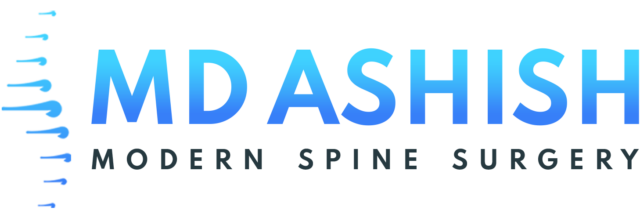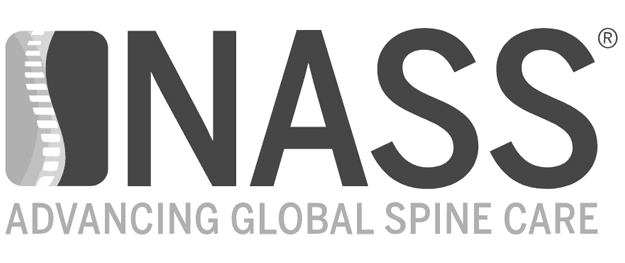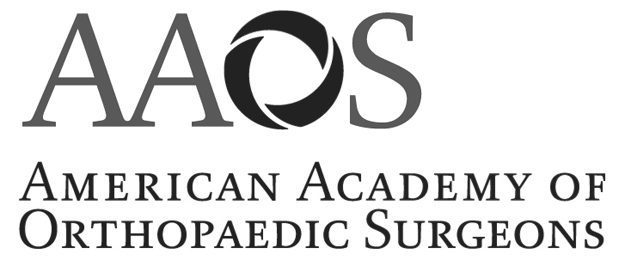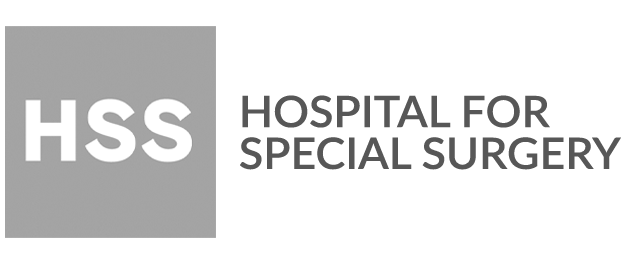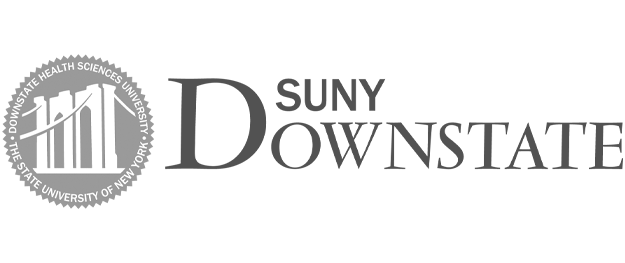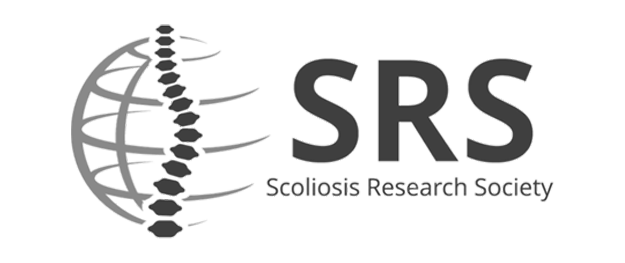Case Study on a Recent Surgery I Performed Demonstrating Lordosis Restoration When Using The Prone Lateral Technique.
My goals of this surgery were to:
- Stabilize a Degenerative Scoliosis
- Perform a indirect decompression of right sided Radiculopathy / Foraminal Stenosis
- Improve regional alignment pre op LL 25 (PI 52 degrees)
I performed a 3 level prone lateral surgery L2-5 with posterior percutaneous pedicle screws. I planned to perform Smith-Peterson osteotomies at the instrumented levels. Thankfully, I did not need to since the prone lateral technique alone was sufficient in restoring lumbar lordosis to 50 degrees..

This reduced the amount of surgery my patient required and achieved all objectives in the most efficient way… I love this technique!
#spinesurgery #pain #surgery #backpain #physicaltherapy #neurosurgery #dmgspine #lordosis #alignment #doctor #medicine #health #healthcare
RECENT POSTS
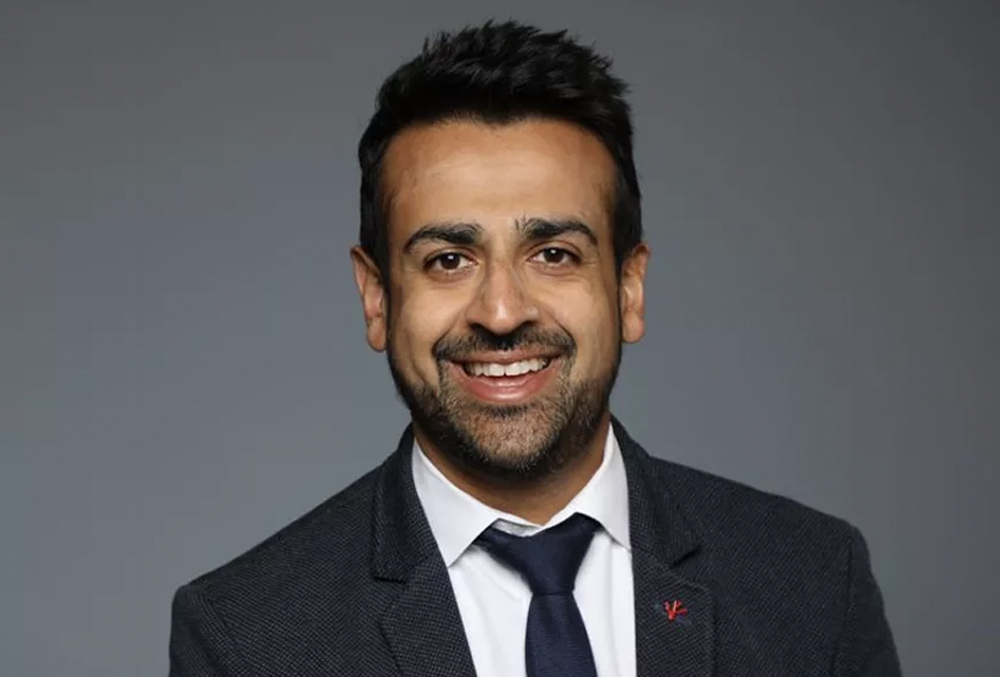
About Dr. Ashish Patel, MD
My training at the Hospital for Special Surgery in New York, a leading orthopedic hospital, created a strong desire to educate my patients regarding their neck and back condition, as I believe a well-informed patient can better participate during a joint decision-making process. I am focused on maximizing the overall patient experience and streamlining high-quality spine care for my patients.


![[Video] new research grant awards — Awarded to Spine Surgeon Dr. Ashish Patel [Video] new research grant awards — Awarded to Spine Surgeon Dr. Ashish Patel](https://mdashishpatel.com/wp-content/plugins/bold-page-builder/img/blank.gif)
